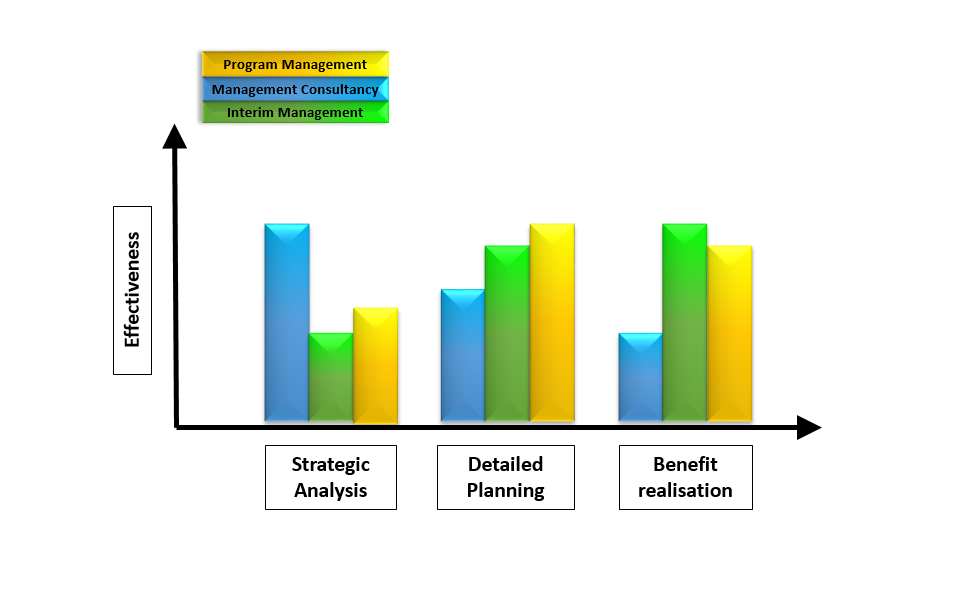
Leadership Solutions
Maxipro adapts the leadership style according to the business requirements for a more effective benefit realization
There are plenty of academic articles that illustrate the difference between a manager and a leader.
It is assumed that at sufficient senior level in the organization, a good manager, more focused on the hard skills, eventually becomes more effective by refining his/her interpersonal skills and emotional intelligence to become also a good leader.
Herein, for the sake of simplicity, a leader will possess both management and leadership skills.

Add your title here
This is the text area for this paragraph. To change it, simply click and start typing. Once you've added your content, you can customize its design by using different colors, fonts, font sizes and bullets. Just highlight the words you want to design and choose from the various options in the text editing bar.
This is the text area for this paragraph. To change it, simply click and start typing. After adding your content, you can customize it.
This is the text area for this paragraph. To change it, simply click and start typing. Once you've added your content, you can customize its design by using different colors, fonts, font sizes and bullets. Just highlight the words you want to design and choose from the various options in the text editing bar.
Short title
The role undertaken could be a mix of the below and/or evolve during the assignment:
- Management consulting, if there is more a need to analyze, assess, resolve and/or plan; the leadership style is more about collecting data and providing hard facts to influence the organization on the best course of actions
- Interim management, if there is a need to take the lead of a function, a business unit or a SME to achieve a new level of performance; the leadership style is more about driving the improvement and transformation by having a direct accountability of the results
- PMO leadership, if there is a need to deploy a complex cross-functional program with multiple projects focused on realizing strategic initiatives; the leadership style is a mix of the previous two solutions and strong project management to track progress and keep the senior management engaged in order to receive the necessary support.
All above solutions provide:
- Change management best practices to engage the organization in accepting and eventually supporting the initiatives to be implemented
- Flexibility to adapt to each organization’s unique environment is influenced by several variables such as culture & values, mission, history, corporate governance, growth stage, products & services offered, degree of change required and its adaptability, management style, organization structure and decision making process